Psychologists Share 16 Tricks That’ll Help You Read People Like a Pro

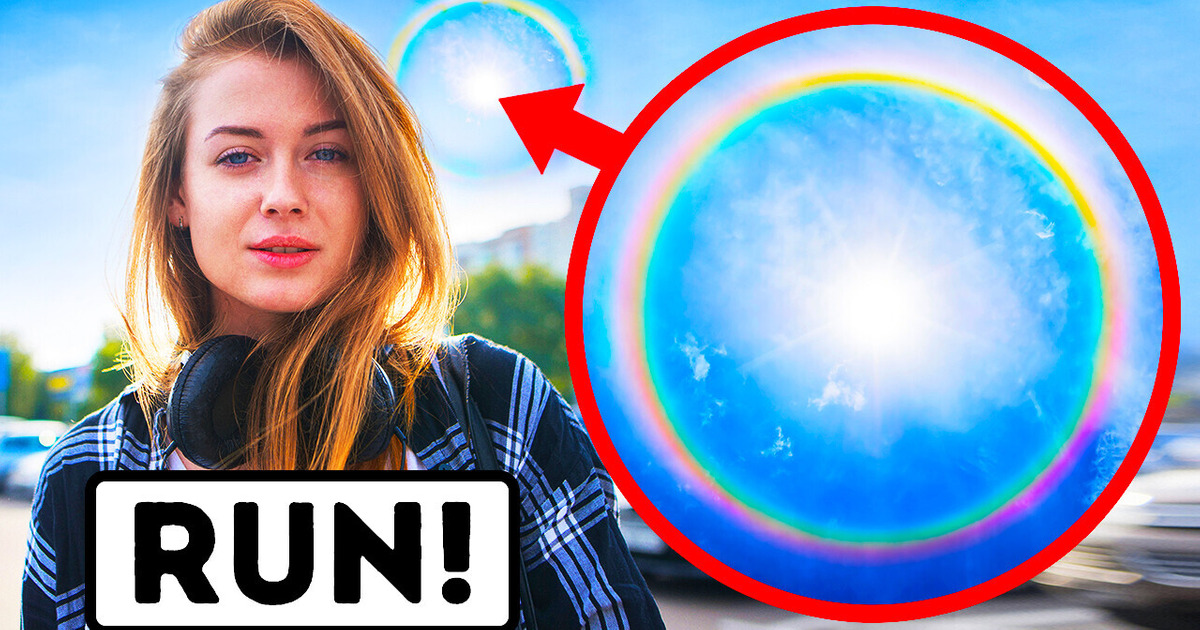
Aah, beautiful. You’re walking with your friend, and look up at the sky. The sun looks a bit different today... like it has some kind of ring around it, a rainbow-type thing. Huh... "Look at that!’’ Your friend pulls his head up out of his phone. “You shouldn’t look directly at the...stop everything,” he says. “It’s a sun halo, we need to find shelter now, unless you have the world’s biggest umbrella on you!”
A sun halo is nature’s sign that there’s a snow or rainstorm on its way. It’s caused by clouds that are made of bazillions of small ice crystals, flying around at 20,000 feet (6 km)! Sunlight goes through those crystals, which causes the light to split and refract, like when there’s a rainbow. Now, don’t look at the sun halo directly. It’s gonna be tempting because it’s not something you see every day, plus it’s really beautiful... but ultraviolet light can burn the exposed tissue of your retina and cause serious damage. So not worth it.
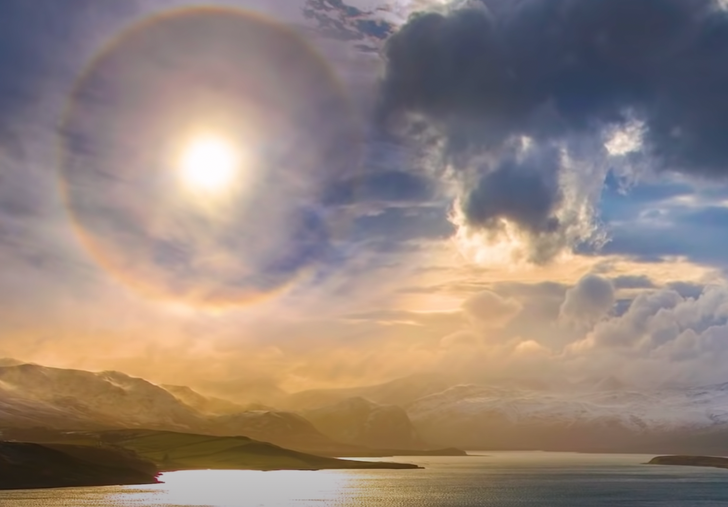
Grab some sunglasses, and you’re good to go. This phenomenon lasts around 40 minutes. These clouds are the same ones that can cause a spooky ring around the moon at night sometimes. Nature sends early signs of disasters in many different ways — J-shaped trees might mean there’s a landslide coming. Since the ground is moving slowly, the trees grow into this super selfieable shape. Try to find a flat area and avoid going near any trees, unless you have superhuman strength.
You’re on a nice walk on the beach. Sand, sun, not a cloud in the sky. Then, out of nowhere, you see the water going back, away from the shore; suddenly, you can even see bits of coral, small fish, and other random small sea animals...That’s a good sign to leave, there might be a tsunami on the way. A tsunami is formed when there’s an earthquake underwater, and it can hit the coast at 500 miles an hour (800 km/h). It’s mostly a Pacific Ocean thing, but... why risk it?
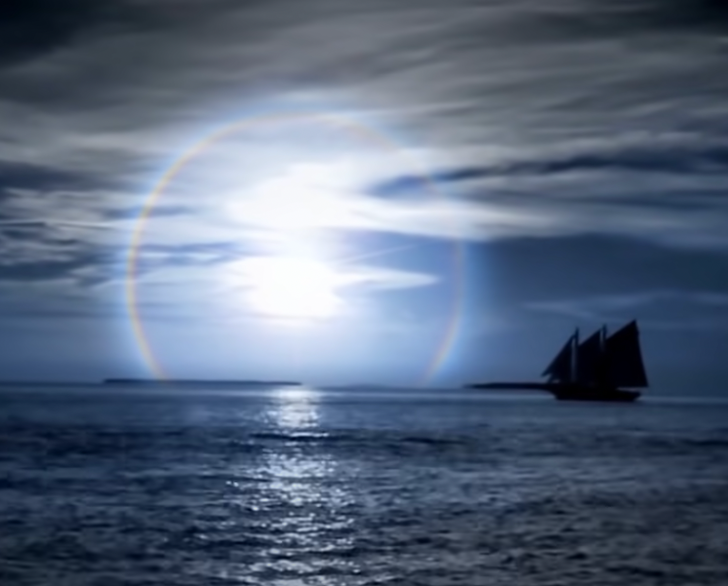
If there’s a channel of choppy water on the beach, stay away. There might be a rip current under the surface that can be extremely dangerous. Sometimes waves hit the shore in a weird way, which forms these rip currents. You might see a strange gap in the waves, or you might notice random bits of seaweed going in all different directions. If you ever find yourself caught in a rip current, try to stay afloat and don’t waste your energy swimming against the current. Yell out for help and try to float your way along the beach. Once you break out of the channel, swim diagonally to the shore.
If you find yourself in the ocean and see a group of sharks swimming... Okay, this scenario doesn’t sound good either way. Well, the good news is they’re not necessarily coming for you. The bad news? The sharks might be trying to escape from a huge tropical storm or even a hurricane. Sharks can sense these things, so when nature gets angry, they group together and swim deep under the surface to get to safety. You probably shouldn’t follow them. Good luck!
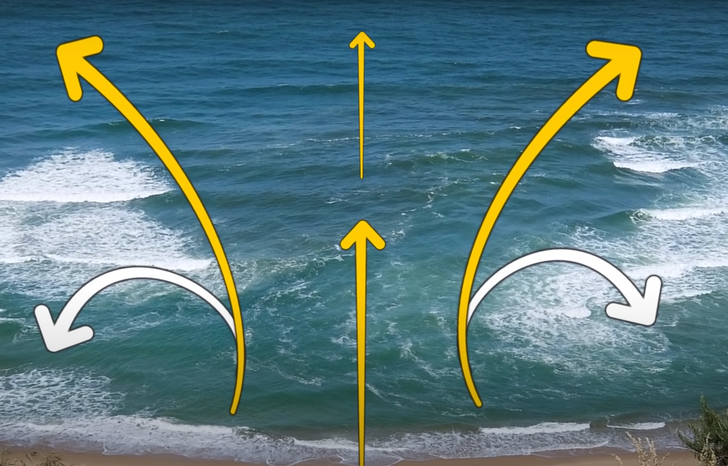
The golden rule since ancient times... follow the animals. Insects, rats, and snakes leave their homes a couple of days before really big earthquakes. Scientists can’t track or really explain how they know what’s coming... it seems animals really can sense earthquakes, maybe because they can feel those smaller initial shockwaves that we don’t even notice.
What if you see animals running toward you? That could mean you’re about to get eaten for breakfast. Or it means there’s a wildfire behind them. Amphibians like frogs, toads, and salamanders try to protect themselves by burrowing down into the ground, others just run. Before you start running alongside them, check to see if you can see smoke, you don’t wanna sprint flat out for nothing!

Well, it’s not just animals... we can spot warning signs too. For example, if you notice your hair suddenly starts to stand on end, and your jewelry starts to buzz... take shelter right away. Lightning might be about to strike somewhere nearby. If you’re outside and can’t run into a house, make sure not to:

Sometimes a storm mixes its blue light with the red light from the Sun, and you get a pretty impressive green. Enjoy it from a safe distance, preferably indoors. This super-tall thundercloud usually means you’re about to get smashed by hail or worse, a tornado. Find cover somewhere, like in an underground parking lot, or a basement. It might be a bit embarrassing if you’re wrong, though.
Okay, we know volcanos can be dangerous, but the lakes near them? Is anything not a sign of danger!? Lakes that are near something boiling hot that never cools (so...volcanos), are like wildly shaken soda cans, just waiting to burst. The magma that’s underground actually pushes carbon dioxide into the bottom of the lake, and that gas stays there... waiting. Then, even something boring like rain can disturb the lake a little too much, and... BAM! Or BOOM. You get the picture.
Diving, swimming, snorkeling... the sea can be amazing, but it’s pretty unpredictable. When 2 wave currents run into each other, they can create a “cross-sea”. It looks pretty cool from far away, but it can be really dangerous for swimmers, surfers, or even ships. There’s a strong current roaming around under the surface.
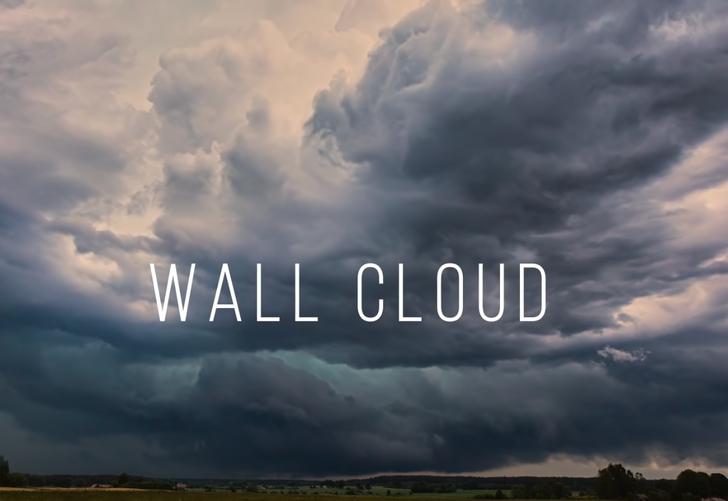
You’re walking on the beach (apparently, every good story starts like this), and all of a sudden, ooh! A cave. How cool is this? You should probably go in there, explore a bit, and... and no. If there’s a full moon out, you might not be able to get out of that cave. A full moon affects the tide and makes it lower than usual. That cave might be more accessible, but instead of an exciting adventure, you could end up trapped in there... until the next full moon! Bring a big lunch!
A wall cloud is one of those things you’re both excited and scared to see. Scared because you don’t know what it is, excited because, well, how often do you see something like that? Whatever you feel, tell your legs to start running. During a thunderstorm, these wall clouds sit lower than anything else and can be up to 5 miles long. And, if they start spinning... Well, Dorothy ended up in Oz, who knows where you’ll end up.
It’s 2009 in Italy. A man was hanging out in his kitchen. Then he saw some flickering lights. He knew just what to do. He moved his family to a safe place. A couple of seconds later a massive earthquake hit the whole region. His family survived thanks to his quick reaction. He knew these flickering lights were actually a sign of an upcoming earthquake! People have been seeing these mysterious lights for ages, some thought it was some kind of sign coming from space!
Scientists never used to take them seriously, but after the invention of photography, more and more evidence of these strange lights appeared. Soon, they realized the connection. The lights appear, and pretty soon... the earthquake hits.
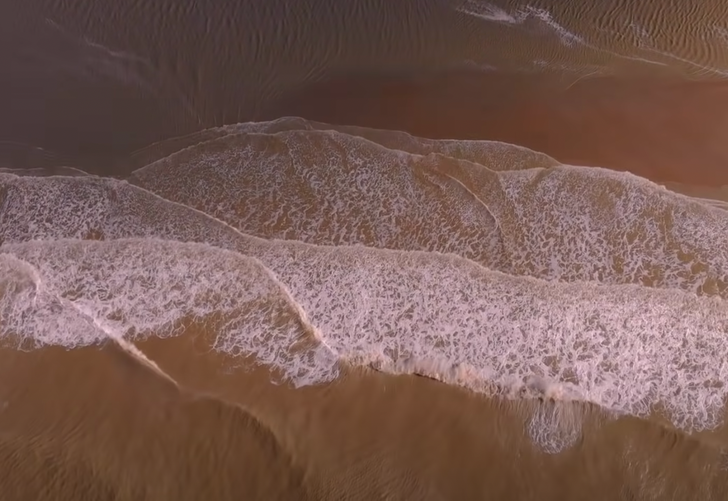
After a bit of digging around, they actually found some records of these earthquake lights from hundreds of years ago. There were bluish flames coming out of the ground right before an earthquake...ooh creepy.
Oh, Ocean... Come on, not you again? Okay, but just one more. If you see the ocean’s turned all reddish-brown, don’t go in the water, or anywhere near it. This red tide is caused by toxic algae and is something you can find all over the world.
That toxic algae can be there even if the ocean’s a normal color! Getting that stuff all over you can cause some health issues... rinse yourself off in freshwater as fast as you can. You know, they even wrote a Holiday Song about it: “Algae Home for Christmas...” no really.











